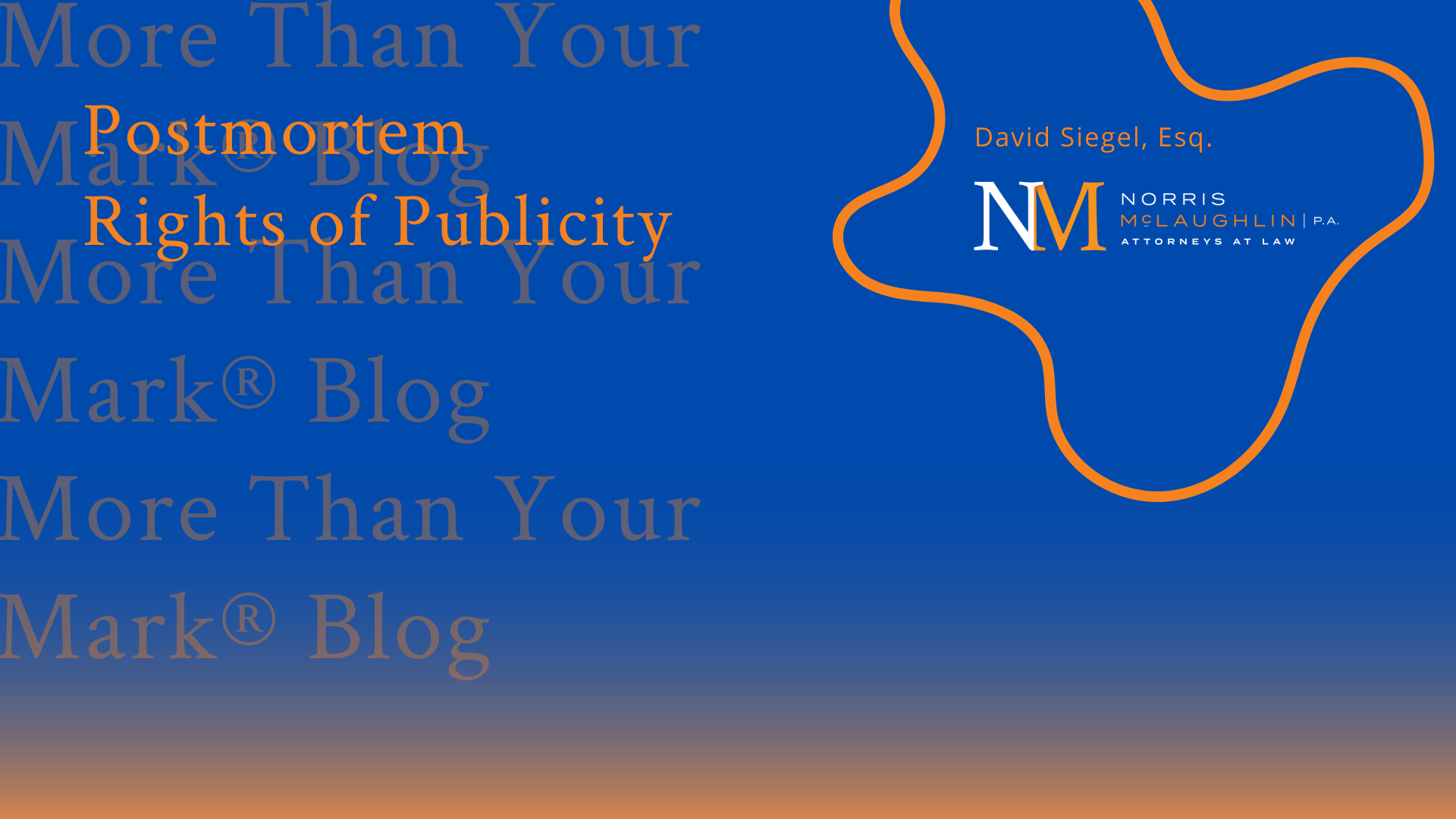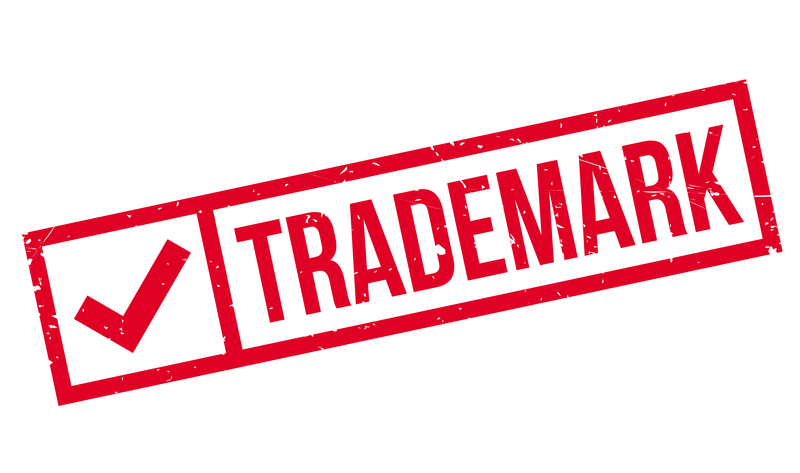Developing IP Strategy for FDA-Regulated Drug Products Requires Special Considerations

Despite the widely diverging needs of the different industries that make use of the US patent system, US patent law applies essentially the same rules to innovations from all technology fields. This means that drug and biotechnology-based inventions are treated no differently by the U.S. Patent and Trademark Office (USPTO) as inventions in fields such as computer science, information technology, household consumer products, financial services, and industrial chemicals, etc.
This one-size-fits-all approach is problematic for pharmaceutical companies whose products are regulated by the U.S. Food & Drug Administration (FDA). Due to the significantly greater financial and time investment required to develop a drug product, obtain regulatory approval, and ultimately bring the product to market, the development and life-cycle of drug products aligns particularly poorly with the current U.S. patent rules.
Further, the TRIPS Agreement states that “… patents shall be available and patent rights enjoyable without discrimination as to … the field of technology …” Accordingly, there are limitations of what can be done to the patent system to carve out rules and exceptions based on the needs of different industries.
Nevertheless, efforts have been made by the pharmaceutical industry to lobby for legislation that might mitigate the shortcomings of the patent system in protecting pharmaceutical innovations. A result of this effort is a rather Byzantine system of interrelated and overlapping legal protections based on patent exclusivity and regulatory exclusivity.
In view of the foregoing, patent practitioners with clients in the pharmaceutical industry should become familiar with FDA regulations that have ties with the US patent framework, in order to develop a comprehensive IP strategy that maximizes exclusivity for their clients’ high market value assets.
With the foregoing in mind, an introductory description of important terms and concepts relevant to the intersection of FDA regulations and U.S. patent system are discussed below. Dedicated blog posts focusing on one or more of these concepts will follow in the future.
Patent Exclusivity
Most innovator companies, in particular pharmaceutical companies, routinely rely on patents for a period of exclusivity to protect their high market value commercial product, in order to recoup some of the costs associated with bringing the product to market.
The complex calculation to determine the term of a patent is discussed in detail in my earlier blog posts here and here. One factor that contributes to patent term is Patent Term Extension (PTE) available under 35 U.S.C. §156, which was aims to compensate for commercialization delays due to premarket regulatory review, in particular delays due to time lost during clinical trials and FDA review.
Regulatory Exclusivity
It is illegal to sell drugs with advertised medical claims that are not FDA approved. FDA’s New Drug Application (NDA) is the vehicle for obtaining FDA approval for a new pharmaceutical for sale and marketing. The FDA approval process is onerous and difficult to navigate without guidance from experts familiar with the relevant regulations. For competitors of innovative pharmaceutical companies, the FDA approval process is another barrier (in addition to patents) to bringing a competitive generic product to the market.
FDA exclusivity is the exclusive rights granted by the FDA upon approval of a drug which can run concurrently with a patent or not and can be present even without a valid patent. FDA exclusivity prevents the submission or effective approval of an Abbreviated New Drug Application (ANDA) for a generic drug.
The length of exclusivity depends on the type of exclusivity: Orphan Drug (ODE) - 7 years; New Chemical (NCE)- 5 years; "Other Significant Change" (OSC) - 3 years for a "change" if criteria are met; Pediatric Exclusivity (PED) - 6 months added to existing Patents/Exclusivity; and Patent Challenge – (PC) – 180 days (ANDAs only). Sometimes exclusivity runs concurrently with patent protection and sometimes it extends beyond.
The Orange Book
The FDA publishes the “Approved Drug Products with Therapeutic Equivalence Evaluations,” commonly referred to as the “Orange Book,” which identifies drug products approved on the basis of safety and effectiveness by the FDA under the Federal Food, Drug, and Cosmetic Act, and related patent and exclusivity information. Unlike the courts or the USPTO, the FDA makes no effort to determine whether patents listed in the Orange Book are valid and infringed, or even whether they claim the listed drug or its use. The FDA relies on the NDA sponsor to identify which patents are appropriate for listing in the Orange Book.
The Hatch-Waxman Act
The Drug Price Competition and Patent Term Restoration Act of 1984 is commonly referred to as the Hatch-Waxman Act. This Act aimed to provide a better balance between providing an incentive for drug innovators to spend the significant resources required to develop a new drug product and encouraging and facilitating generics to come into the market more quickly. After the Hatch-Waxman Act, the number and rate of generics coming into the market increased dramatically compared to the early 1980s. Key provisions of the Hatch-Waxman Act include:
- ANDA – “Easier” process for FDA approval of generic drugs.
- Orange Book – NDA sponsors to identify patents it believes cover its drug, which the FDA lists in the Orange Book. However, not all types of claims are Orange Book-listable.
- Patent Certification/Paragraph IV Litigation – For each patent listed in the Orange Book (for the drug to which the ANDA is directed), the ANDA applicant must make one of four “certifications” that: (I) the patent information has not been submitted for listing in the Orange Book; or (II) the patent has expired; or (III) the patent will expire on a given date; or (IV) the patent is invalid or will not be infringed by the manufacture, use, or sale of the new drug.
35 U.S.C. § 271(e)(2) provides that submission of an ANDA is itself (without marketing or sale) considered an act of infringement. A paragraph IV certification by the ANDA applicant triggers the Hatch-Waxman Act’s statutory scheme for resolving patent disputes involving a complicated approval window. Of note is the automatic 30-month stay of FDA approval of ANDAs following a generic manufacturer’s paragraph IV certification and the institution of a patent infringement action that seeks to resolve the dispute before the generic products enter the market.
Therefore, obtaining Orange Book-listable claims, and listing of patents in the Orange Book are important, as a paragraph I certification can lead to immediate approval of ANDA. Further, often the Orange Book listing forces an ANDA applicant to make a paragraph IV certification that triggers a 30-month automatic injunction of FDA’s ANDA approval, thereby effectively lengthening the period of exclusion for the invention.
- Exclusivity provisions –Non-patent FDA exclusivities commonly referred to as data or market exclusivities prohibit the submission or FDA approval of an ANDA for a given amount of time. Included are NCE, OSC, ODE and PED exclusivities. Also provided is a 180-Day generic drug exclusivity for the first Paragraph IV filer(s).
- PTE – Additional patent term given to compensate for commercialization delays due to premarket regulatory review.
- Safe Harbor – Immunity from a patent infringement suit where the use of the patented invention is testing for the purpose of securing regulatory approval from the FDA.
Biosimilars
Biological products are generally large, complex molecules, which may be produced through biotechnology in a living system, such as a microorganism, plant cell, or animal cell, and are often more difficult to characterize than small molecule drugs. The nature of biological products, including the inherent variations that can result from the manufacturing process, can present challenges in characterizing and manufacturing these products that often do not exist in the development of small molecule drugs. In view of this difference, approval pathway for follow-on products that are “biosimilar” to or “interchangeable” with previously licensed reference biological products, are different from that of drug products based on small molecules discussed above and are not covered in this post.



